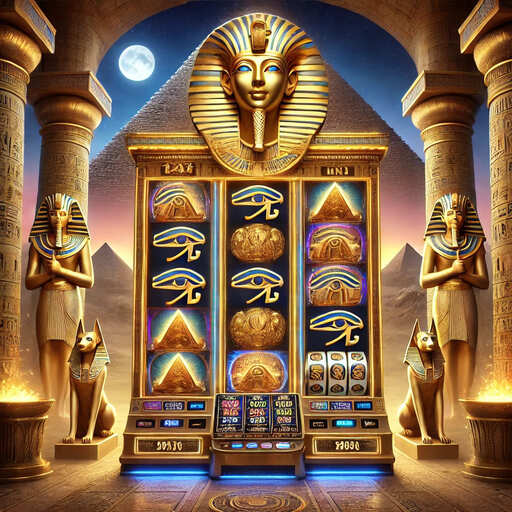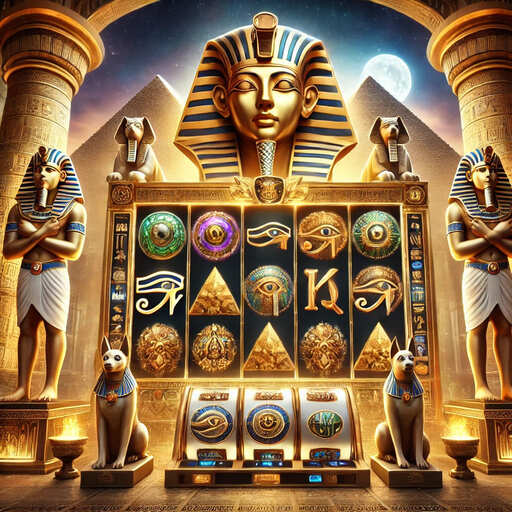Ancient Egypt was filled with treasures beyond imagination. Tombs like that of Tutankhamun unveiled golden masks, ornate sarcophagi, and stunning jewelry. Archaeologists continue to search the sands, uncovering hidden chambers and artifacts that shed light on ancient mysteries. Treasures were not merely wealth but symbols of status, spirituality, and eternal life, deeply intertwined with the mythology and religious beliefs of Egyptians.
Pharaohs were ancient Egypt’s god-kings, revered and immensely wealthy. Tutankhamun’s tomb revealed unmatched riches, while Ramses II, a warrior-pharaoh, constructed monumental temples. Cleopatra, famed for her intellect and beauty, was also known for her lavish lifestyle and wealth. Akhenaten introduced new religious reforms and wealth redistribution, while Khufu, builder of the Great Pyramid, symbolized eternal affluence through monumental architecture.
The Nile River was Egypt’s lifeblood, vital for agriculture, transportation, and culture. It inspired countless legends about treasures hidden beneath its surface or along its fertile banks. Egyptians worshipped the Nile as a deity, believing it held powers of life and renewal. Annual floods brought prosperity, and its waters concealed stories and mysteries still intriguing historians and explorers today.
Egyptians adorned themselves and their tombs with symbolic imagery. The scarab beetle symbolized rebirth and regeneration, often used in amulets for protection and prosperity. The ankh, known as the key of life, represented eternal life and divine protection. The Eye of Horus was used as a symbol of protection, healing, and good luck, reinforcing the belief that symbols carried potent magical properties essential in daily life and beyond.




